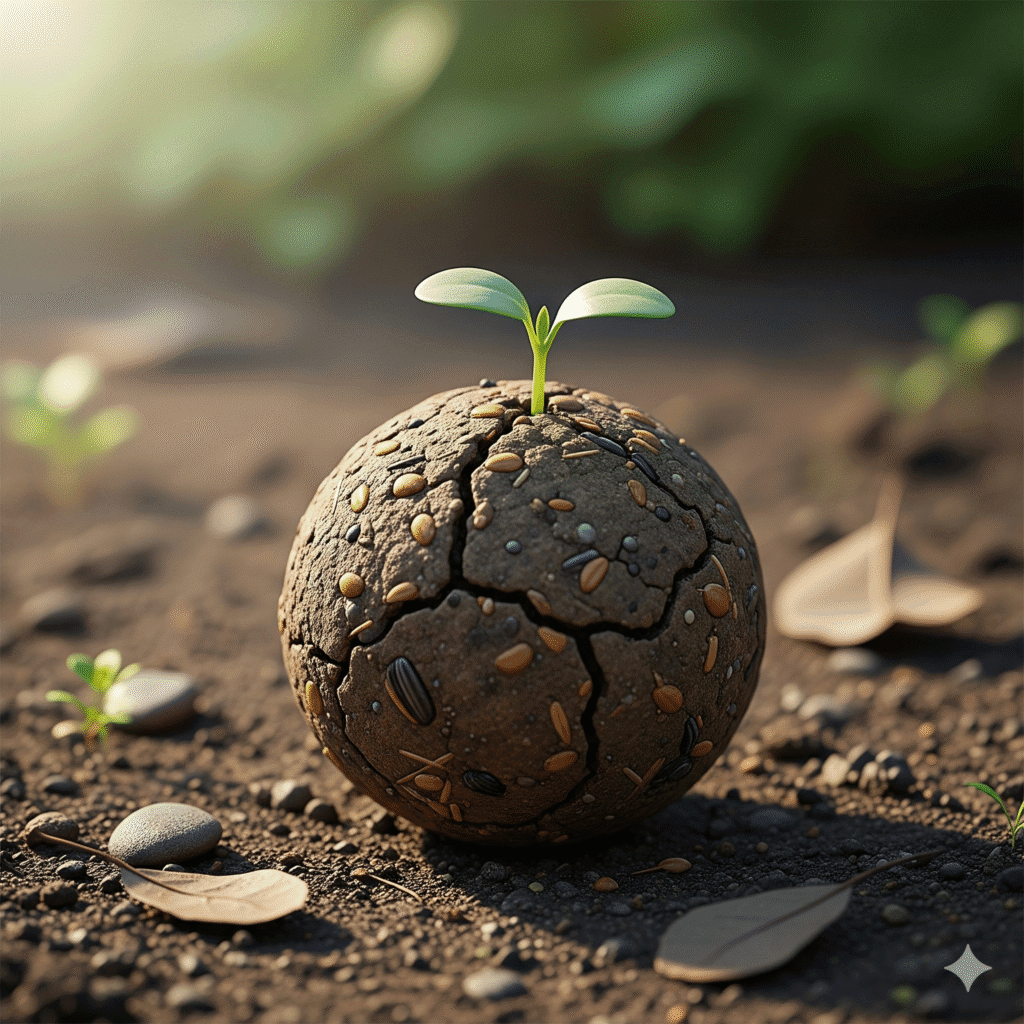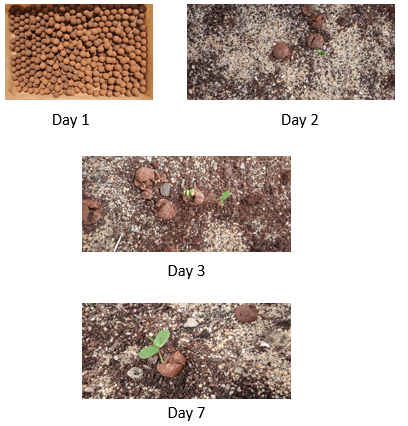
The fight against deforestation and climate change is a global priority, and the scale of the challenge can feel overwhelming. Traditional reforestation methods—planting seedlings by hand—are labour-intensive, time-consuming, and often limited to easily accessible areas. But what if we could plant thousands of trees in a single day, even in the most remote and challenging terrains?
Use Vruksha Drone, a remarkable marriage of technology and ecology that is changing the face of reforestation. This isn’t just about scattering seeds from the sky; it’s a precise, strategic, and scalable approach to restoring our planet.

What are Seed Balls and Why are They so Effective?
A “seed ball” is more than just a seed. It’s a small, biodegradable capsule, often made of a mixture of clay, compost, and other nutrients, that encases a tree seed. This innovative design offers several key advantages:
- Protection: The outer layer of clay and compost protects the seed from predators like birds and rodents, and from harsh environmental conditions.
- Nourishment: The compost and nutrients provide the seed with a vital boost, giving it the best possible chance to germinate and grow.
- Targeted Delivery: Unlike bare seeds that can be washed away by rain or blown away by wind, seed balls are heavy enough to land and stay in place, making them ideal for aerial dropping.
The Vruksha Drone Advantage: Speed, Precision, and Scale
The real game-changer is using Vruksha Drone to deliver these seed balls. Here’s why this technology is a powerful tool for reforestation:
- Unmatched Speed: A single person can plant a few hundred trees in a day. A single drone, on the other hand, can disperse thousands of seed balls per day, covering vast areas in a fraction of the time. This scalability is essential for tackling large-scale projects, such as restoring forests damaged by wildfires or landslides.
- Access to Inaccessible Areas: Many of the areas most in need of reforestation are difficult or dangerous to reach on foot. Think of steep slopes, post-fire landscapes, or remote, dense forests. Drones can easily navigate these terrains, planting seeds where human planters cannot go.
- Precision Planting: Advanced drones equipped with GPS and AI-powered software can map an area and determine the optimal locations for each seed ball. They can drop a specific number of seeds in a pre-determined pattern, ensuring uniform coverage and a higher success rate. This isn’t random “seed bombing”; it’s a data-driven approach to ecological restoration.
- Cost-Effective: While there’s an initial investment in the technology, drone-based reforestation can significantly reduce long-term costs associated with manual labor and transportation. A single operator can manage a fleet of drones, making the process highly efficient.

